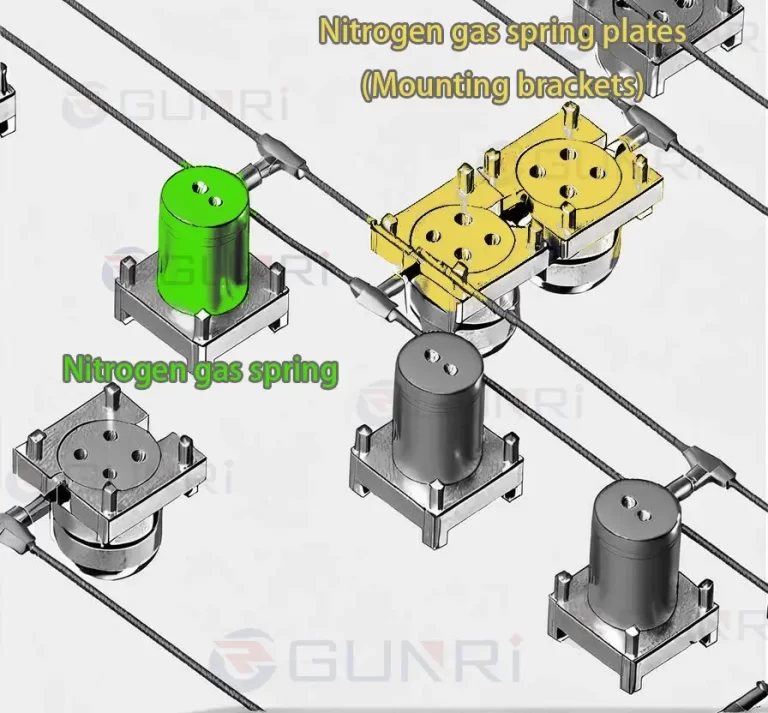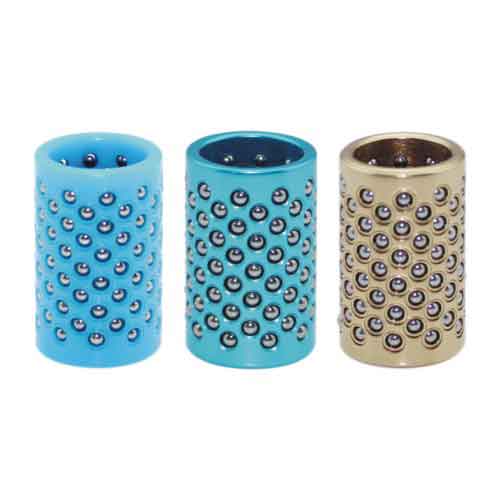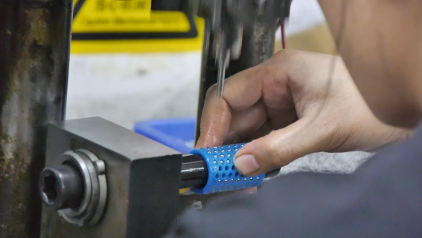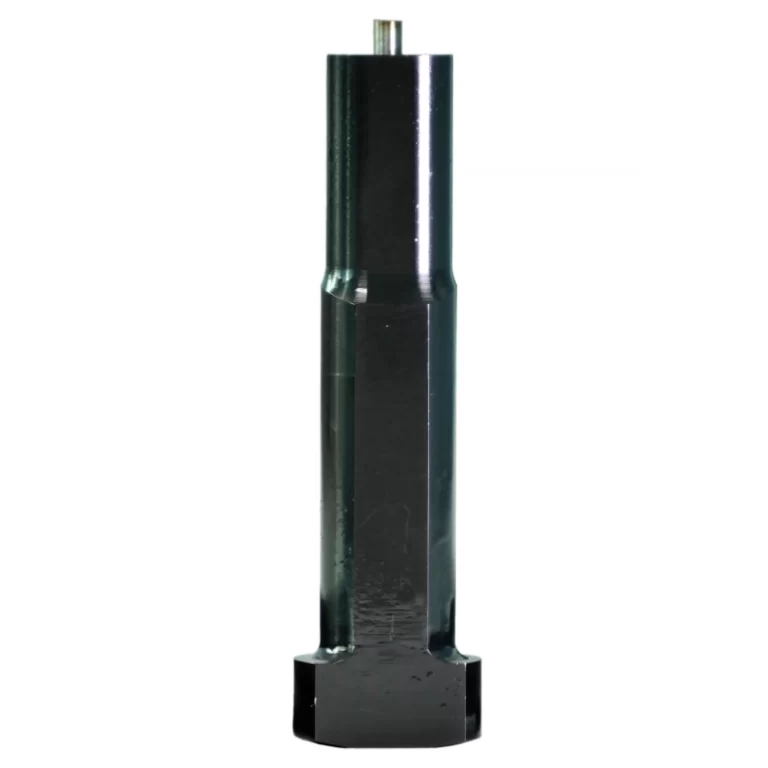Extrusion vs. Stamping Die: Understanding the Differences
In the world of manufacturing, two distinct processes often come into play: extrusion and stamping die. While they both serve essential roles in shaping various materials, understanding their differences is crucial for selecting the right method for specific applications. In this article, we will explore the key disparities between extrusion and stamping die processes, materials, advantages, disadvantages, applications, and machinery.
Table of contents
- Comparing Extrusion and Stamping Die: What Sets Them Apart?
- The Core Principles of Extrusion and Stamping Die
- Extrusion vs. Stamping Die Processes
- Timing Matters: Extrusion vs. Stamping Die
- Diverse Approaches: Extrusion vs. Stamping Die Methods
- Unique Features: Extrusion vs. Stamping Die
- Materials in Focus: Extrusion vs. Stamping Die
- Pros and Cons: Extrusion vs. Stamping Die
- Applications Galore: Extrusion vs. Stamping Die Products
- Machine Matters: Extrusion vs. Stamping Die Machinery
Comparing Extrusion and Stamping Die: What Sets Them Apart?
Extrusion and stamping die are two fundamentally different manufacturing techniques, each with its unique characteristics and applications. To comprehend their dissimilarities better, let’s delve into the core principles of each process.
The Core Principles of Extrusion and Stamping Die
Exploring Stamping Die:
Stamping die, also known as metal stamping or simply stamping, involves the use of a press and a die to cut or shape metal sheets into desired forms. This process typically starts with a coil or sheet of metal that is fed into the stamping machine. The die, which has a cut or shape pattern, comes into contact with the metal, applying pressure to create the intended shape. Stamping is commonly used for producing large quantities of parts with high precision, making it ideal for the automotive and electronics industries.
Delving into Extrusion Die:
Extrusion, on the other hand, is a manufacturing process that forces material through a die to create a specific shape or profile. It is commonly used with materials like plastic, rubber, and metal. In extrusion, the material is heated and then pushed through a die, resulting in a continuous, uniform cross-section. Extrusion is well-suited for creating products with complex cross-sectional designs, such as pipes, tubes, and various plastic profiles.
Extrusion vs. Stamping Die Processes
Let’s now examine the specific processes involved in extrusion and stamping die.
Stamping Die Process:
- Material Preparation: Stamping die begins with the preparation of metal sheets or coils, which are often rolled to the desired thickness.
- Feeding: The metal is fed into the stamping machine, which advances the material to the die.
- Die Contact: The die, with its pattern, comes into contact with the metal, applying pressure and cutting or shaping it.
- Ejection: The finished part is ejected from the die, and the excess material is discarded or recycled.
Extrusion Die Process:
- Material Heating: Extrusion starts with heating the raw material to a semi-liquid state, making it pliable and easier to work with.
- Extrusion: The heated material is forced through a die, which imparts the desired shape or profile.
- Cooling and Solidification: The extruded product is then cooled and solidified to maintain its shape.
Timing Matters: Extrusion vs. Stamping Die
The timing of these processes can significantly impact production efficiency and output quality.
Diverse Approaches: Extrusion vs. Stamping Die Methods
Both extrusion and stamping die methods have distinct approaches that cater to various production needs.
Methods in Stamping Die:
- Progressive Die Stamping: This method involves multiple operations within a single die, allowing for the creation of complex parts with high precision.
- Transfer Die Stamping: In this approach, the material is transferred from one station to another within the die to complete various forming operations.
- Single-Station Die Stamping: Here, the entire stamping process is performed in a single station, making it suitable for simpler part designs.
Methods in Extrusion Die:
- Hot Extrusion: In hot extrusion, the material is heated above its recrystallization temperature, resulting in a more consistent and higher-quality product.
- Cold Extrusion: Cold extrusion is performed at or near room temperature, making it suitable for materials that cannot withstand high temperatures.
- Direct Extrusion: This method involves pushing the material through a stationary die, resulting in a continuous product.
- Indirect Extrusion: Indirect extrusion utilizes a movable container to push the material through a fixed die.
Unique Features: Extrusion vs. Stamping Die
Each of these manufacturing processes offers distinct features that influence their applicability and advantages.
Distinctive Traits of Stamping Die:
- High Precision: Stamping die is renowned for its high precision and repeatability, making it ideal for mass production of intricate parts.
- Low Material Waste: Stamping minimizes material waste since it primarily involves cutting or shaping without excessive material removal.
- Suitable for Metals: Stamping die is particularly well-suited for working with metal materials, including steel, aluminum, and copper.
Characteristics of Extrusion Die:
- Complex Profiles: Extrusion excels at creating products with complex cross-sectional profiles, allowing for a wide range of design possibilities.
- Continuous Output: Extrusion produces continuous lengths of material, making it efficient for manufacturing items like pipes and tubing.
- Versatile Materials: Extrusion is compatible with various materials, including plastics, rubber, and certain metals.
Materials in Focus: Extrusion vs. Stamping Die
The choice of materials can significantly differ between extrusion and stamping die processes.
Material Distinctions: Extrusion vs. Stamping Die Materials
Material Usage Differences:
- Stamping Die: Predominantly used for metals like steel, aluminum, and copper.
- Extrusion Die: Versatile, with applications in plastics, rubber, and specific metals.
Material Strength Variations:
- Stamping Die: Typically used for materials requiring high strength and durability.
- Extrusion Die: Suitable for materials with varying degrees of strength and flexibility.
Material Shape Considerations:
- Stamping Die: Best for flat or sheet materials due to its cutting and shaping nature.
- Extrusion Die: Ideal for creating complex cross-sectional shapes and profiles.
Pros and Cons: Extrusion vs. Stamping Die
Understanding the advantages and disadvantages of each method is crucial for informed decision-making in manufacturing processes.
Evaluating Stamping Die Advantages and Disadvantages
Advantages:
- High Precision: Stamping die offers exceptional precision and repeatability.
- Low Material Waste: Minimizes material waste during production.
- Suitable for Mass Production: Ideal for high-volume manufacturing.
- Excellent for Metals: Well-suited for working with various metal materials.
Disadvantages:
- Tooling Costs: Initial tooling costs can be relatively high.
- Limited Design Flexibility: Less suitable for complex cross-sectional designs.
- Not Ideal for Plastics: Less compatible with plastic materials.
Weighing the Pros and Cons of Extrusion Die
Advantages:
- Complex Profiles: Allows for the creation of intricate cross-sectional profiles.
- Continuous Output: Produces continuous lengths of material.
- Versatile Material Compatibility: Works well with a wide range of materials.
Disadvantages:
- Material Heating Required: Requires heating of materials, which may not be suitable for all applications.
- Lower Precision: May have slightly lower precision compared to stamping die.
Applications Galore: Extrusion vs. Stamping Die Products
The choice between extrusion and stamping die processes depends on the specific product applications.
Product Applications for Stamping Die:
- Automotive Components: Stamping die is widely used in the automotive industry to produce parts like chassis components and body panels.
- Electronic Parts: Stamped parts are commonly found in various electronic devices and appliances.
- Aerospace Components: The aerospace industry utilizes stamping die for manufacturing aircraft components.
Exploring Product Applications for Extrusion Die:
- Plastic Profiles: Extrusion is ideal for creating plastic profiles used in construction, furniture, and automotive industries.
- Pipes and Tubing: Extrusion processes are commonly employed to manufacture pipes, tubing, and hoses.
- Window Frames: Extrusion is used to produce window frame profiles.
Machine Matters: Extrusion vs. Stamping Die Machinery
The machinery used in extrusion and stamping die processes differs significantly, impacting production capabilities and outcomes.
Unveiling Different Working Principles: Extrusion vs. Stamping Die Machines
How Stamping Die Machines Work:
- Stamping die machines utilize a press mechanism that exerts pressure to cut or shape materials.
Understanding Extrusion Machine Operations:
- Extrusion machines force materials through a die to create specific shapes or profiles.
Contrasting Features: Extrusion vs. Stamping Die Machine Characteristics
Key Features of Stamping Die Machines:
- Precision control mechanisms for accurate part production.
- Multiple tool stations for various forming operations.
- Higher tonnage capacities for heavy-duty applications.
Noteworthy Features of Extrusion Machines:
- Heating elements to maintain material pliability.
- Continuous material feeding and extrusion capabilities.
- Enhanced cooling systems for temperature control.
Categorizing Machinery: Different Classifications for Extrusion vs. Stamping Die Machines
Classifications for Stamping Die Machines:
- Mechanical presses, hydraulic presses, and servo presses.
- Single-station, progressive, and transfer stamping machines.
Categories for Extrusion Machines:
- Hot extrusion machines, cold extrusion machines, and direct or indirect extrusion setups.
In conclusion, extrusion and stamping die processes each offer unique advantages and are suited for different applications. Choosing the right method depends on factors such as materials, product complexity, precision requirements, and production volume. By understanding the differences and capabilities of these processes, manufacturers can make informed decisions to achieve optimal results in their manufacturing endeavors.








